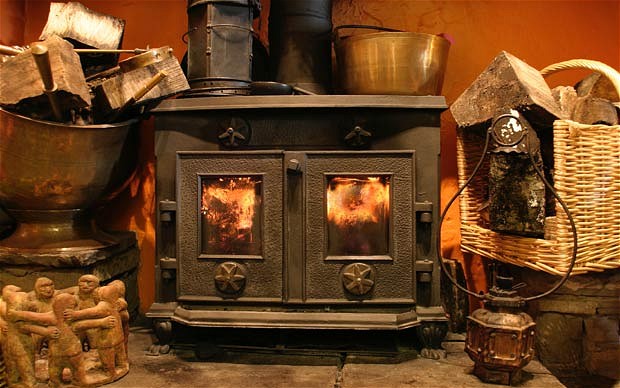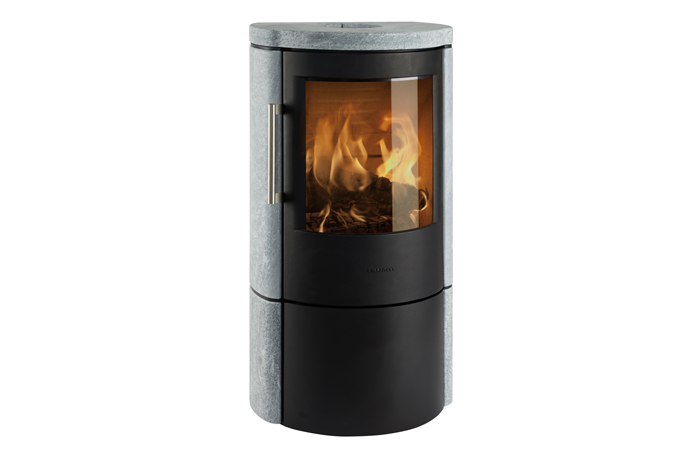If you ask anybody about the look of a wood-burning/multifuel stove they will have a stereotypical image in their mind of the look and material. It would likely be a big bulky body, relatively small door and heat output which is released well after the stove has burnt out. However, there are a number of materials which are used within the body of modern-day stoves which have very different characteristics.
Cast iron stove bodies
Cast iron is the stereotypical material which many people automatically associate with a wood-burning/multifuel stove. It is extremely sturdy, built to last and will never change shape even under the most intense heat. As a consequence it is perfect when looking to create a durable long-term product. However, there are also other things to take into consideration when looking at cast-iron stove bodies.
The material may well take longer to “warm up” but it also has the capability to store heat which is steadily released into the atmosphere. As a consequence, you will find that many hours after your stove has burnt out you can still feel heat coming into the room. This material has also proved to be very useful for adding decorative images and soft curves to the design of a stove.

Sheet iron stove bodies
Sheet iron has become very popular amongst stove manufacturers simply because of its extended design possibilities. More malleable than cast-iron, sheet iron can be shaped into an array of different images with rounded corners and a smooth surface. As we live in an era where the look of a stove is as important as its efficiency, to many consumers, the introduction of sheet iron stove bodies has been well received.
While some may see this as a positive and others as a negative, sheet iron heats up and cools down fairly quickly. This means that the gap between setting up your stove and receiving real heat into your room is reduced compared to cast-iron stoves. On the downside, while it heats up quicker, sheet iron also cools quicker so what you make on one side you lose on the other.
Soapstone stove outer layer
If you search for soapstone stove bodies on the Internet you will be surprised how many are now available. Aside from the fact that soapstone gives a very different look and appeal to your stove, extremely eye-catching, it also has practical uses. The material itself is able to absorb the heat from the combustion chamber, retain this within the soapstone material and radiate into your room over a prolonged period of time. Even though many see soapstone as purely a decorative material, it is far more than that!
Limestone fireplace
Those who work with materials such as limestone will tell you that each piece is unique with an array of different patterns. As a consequence, this is proving to be extremely popular for those looking at fireplace surrounds for their stoves. It can be shaped into literally any pattern you want to create a perfect finishing piece for your wood-burning/multifuel stove
Summary
There is no doubt that cast-iron stove bodies are still extremely popular but sheet iron and soapstone seem to appeal to the more modern day stove enthusiasts. This allows the industry to target different demographics and different tastes giving customers exactly what they want. Many people will be surprised to learn of the characteristics of soapstone, a material which has often been seen as purely decorative.

